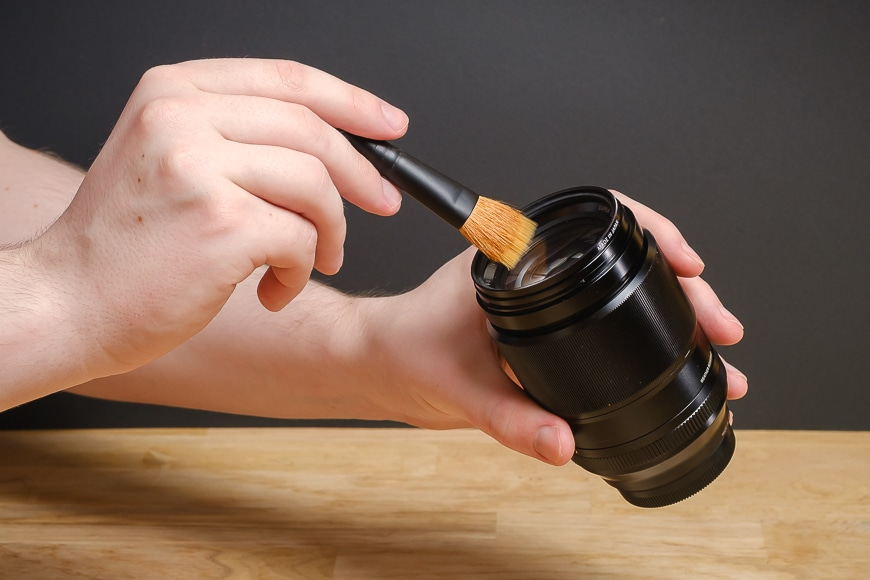Understanding the Importance of a Clean Camera Lens
When it comes to photography, the clarity and quality of your images are paramount. Whether you’re a professional photographer capturing a wedding, a hobbyist snapping wildlife photos, or just someone documenting everyday moments, a dirty lens can severely impact the results of your efforts. It’s the brilliance and sharpness of an image that often separates a good photograph from a great one, and the cleanliness of your lens plays a critical role in this regard.
A camera lens, being the component that light travels through before reaching the camera’s sensor, is susceptible to attracting various forms of debris and residue. Dust particles, smudges from fingerprints, water spots, and even condensation can create a film over the lens surface, acting as a barrier between your subject and the camera’s sensor. Each of these contaminants can degrade the quality of the image in different ways.
Dust particles, for example, can appear as dark spots or blemishes in your photographs – a frustrating issue that becomes more noticeable in images with uniform backgrounds, like clear skies or blank walls. Not only can dust cause visible spots, but it can also reduce the overall sharpness of the image by scattering light as it enters the lens. Smudges and oils, often resulting from handling the lens, create a blurry area where the light transmission is disrupted, producing images that appear smeared or fuzzy. Water spots, especially if left to dry on their own, can leave behind minerals or streaks that distort the light entering the lens.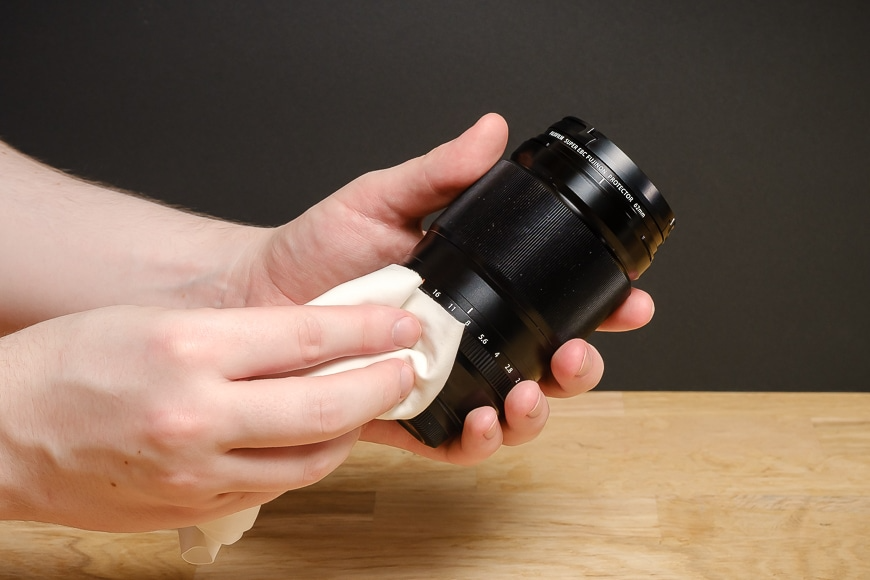
When a lens is clean, it allows light to pass through as intended, without any unwanted interruptions or distortions. A clean camera lens ensures that all the intricate elements within it work harmoniously to produce a crisp, clear, and accurate representation of the scene before you.
Moreover, regular lens maintenance is not just about immediate image quality – it’s also about the longevity and durability of your equipment. Dirt and debris can potentially scratch or damage the lens coating, which can be costly to repair or may even require a total lens replacement. By keeping your lens clean, you are also protecting your investment.
Understanding the importance of a clean camera lens is crucial for anyone who takes their photography seriously. It’s a fundamental aspect of camera care that can make all the difference in your final product. Just as a painter wouldn’t use a dirty brush, a photographer shouldn’t rely on a dirty lens. The effort you put into maintaining a pristine lens surface will undoubtedly be reflected in the clarity and quality of your images.
Keep in mind, however, that cleaning a lens must be done with precision and care. Using the wrong materials or techniques can cause more harm than good. Delicate lens elements and coatings require suitable tools and substances, such as microfiber cloths, air blowers, and specific lens-cleaning solutions. It’s worth investing in these proper cleaning tools to maintain the impeccable condition of your camera lens and ensure that each shot you take is as clear and beautiful as possible.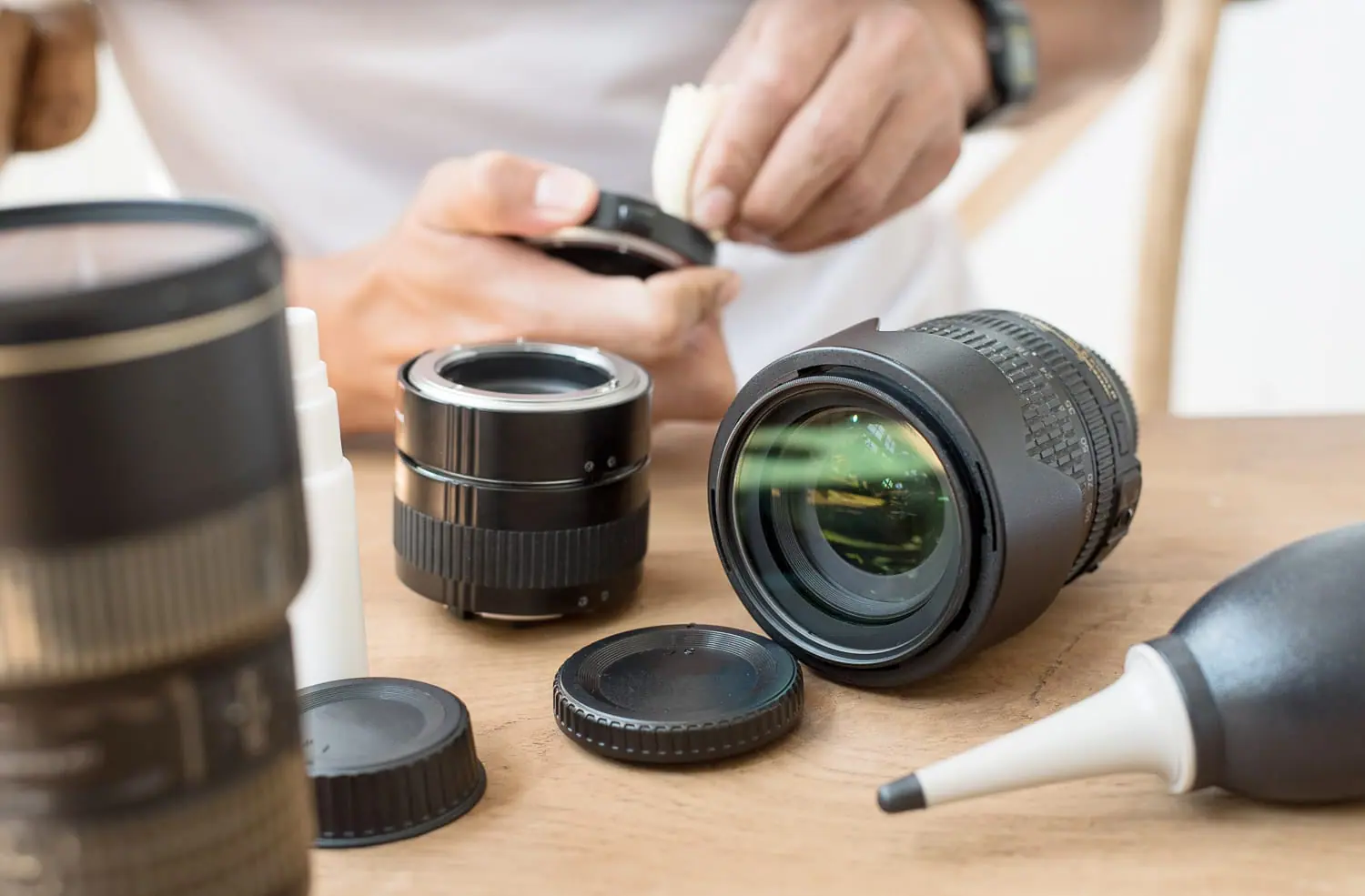
What You Need to Clean Your Camera Lens
Before you begin cleaning your lens, make sure you have the right tools for the job. Here’s what you will need:
- A soft, lint-free cleaning cloth, such as a microfiber cloth.
- A lens cleaning solution designed specifically for camera lenses.
- A lens brush or a blower tool to remove loose dust or particles.
- Lens cleaning tissue or wipes, which are optional but can be handy for removing stubborn smudges.
Avoid using household cleaning products, as they can damage the lens coating or leave residue behind.
Step-by-Step Lens Cleaning Process
1. Removing Dust and Debris
Begin by using your blower tool to gently blow away any loose dust or debris on the lens surface. Be careful not to touch the lens with the blower, as this could transfer oils or dirt onto the glass. If you have a lens brush, you can gently sweep away any remaining particles. Make sure the bristles are soft and clean.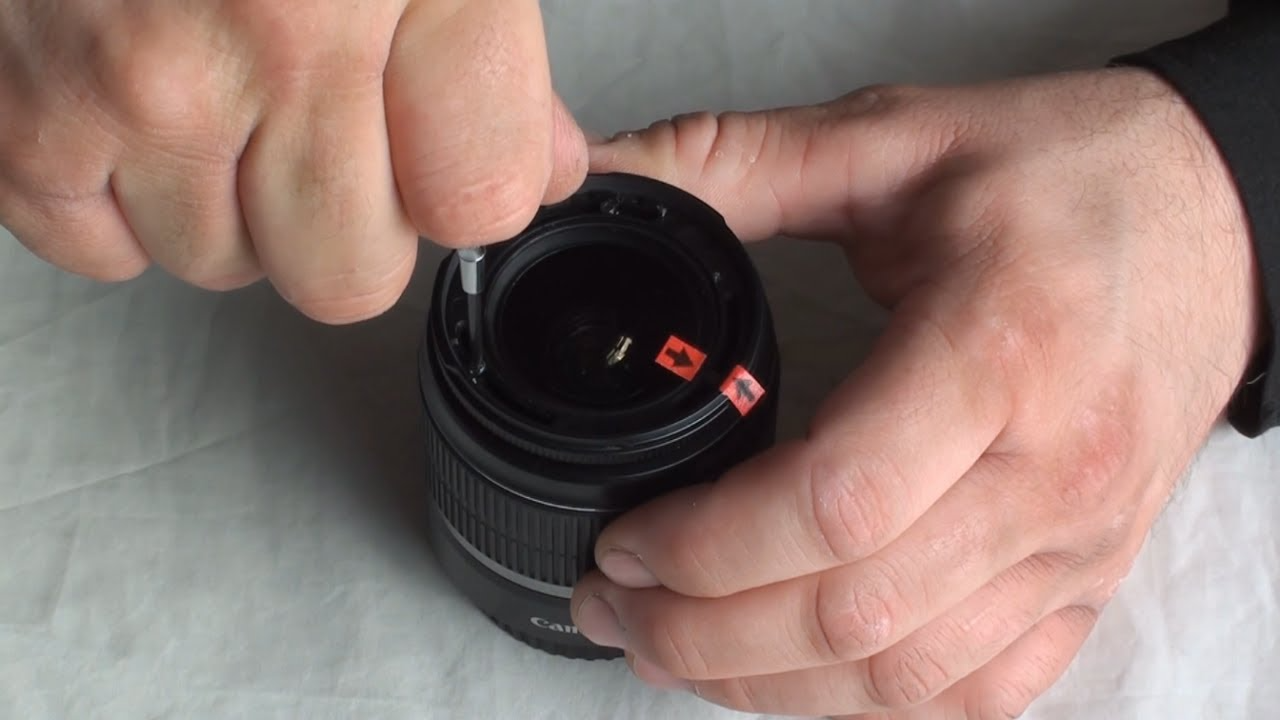
2. Applying Lens Cleaning Solution
Once the loose particles are removed, apply a small amount of lens cleaning solution to your microfiber cloth. Never apply the solution directly to the lens, as it could seep into the lens barrel or leave an uneven coating. Instead, moisten the cloth and then gently wipe the lens in a circular motion, starting from the center and moving outward.
3. Wiping Away Smudges
After applying the cleaning solution, use dry parts of the cloth to wipe away any remaining moisture. Pay extra attention to any smudges or fingerprints. These may require a bit more pressure, but be careful not to press too hard as this could damage the lens.
4. Final Touches
If you notice any streaks or residues, you can use a clean, dry lens cleaning tissue to give your lens a final polish. Hold the tissue lightly between your thumb and forefinger and use gentle, circular motions until the lens is clear and streak-free.

Maintaining a Clean Camera Lens
Proper lens maintenance is not just about performing a thorough clean when it’s visibly dirty— it’s about ongoing care and prevention. Keeping a lens clean is as much about tackling grime as it is about employing practices that minimize the risk of dirt, dust, and smudges in the first place. Here are some essential tips that photographers of all levels should adopt to maintain a clean lens and, in turn, capture impeccable images.
First and foremost, make a habit of carrying a dedicated lens cleaning kit whenever you’re out with your camera. This kit should ideally include a blower for dust, a soft brush, lens cleaning fluid, and a microfiber cloth. This will equip you with the essentials needed to address any unwelcome spots or marks as they occur, ensuring that your lens remains in top condition throughout your shooting session.
Another key practice is to keep your lens covered when not in use. Lens caps may seem like basic accessories, but they serve the vital role of shielding your lens from airborne particles and direct contact with anything that might scratch or soil the surface. Similarly, when changing lenses, be swift and careful to minimize the exposure of the lens’s elements to the environment, and avoid doing so in dusty or windy conditions if at all possible.
While it may be tempting to breathe on your lens to clear off dust or smudges, refrain from doing so. The moisture from your breath can leave residue or potentially encourage fungal growth on the lens if not thoroughly cleaned off afterwards. Instead, use a burst of air from a blower or a gentle brush to remove loose particles without contact.
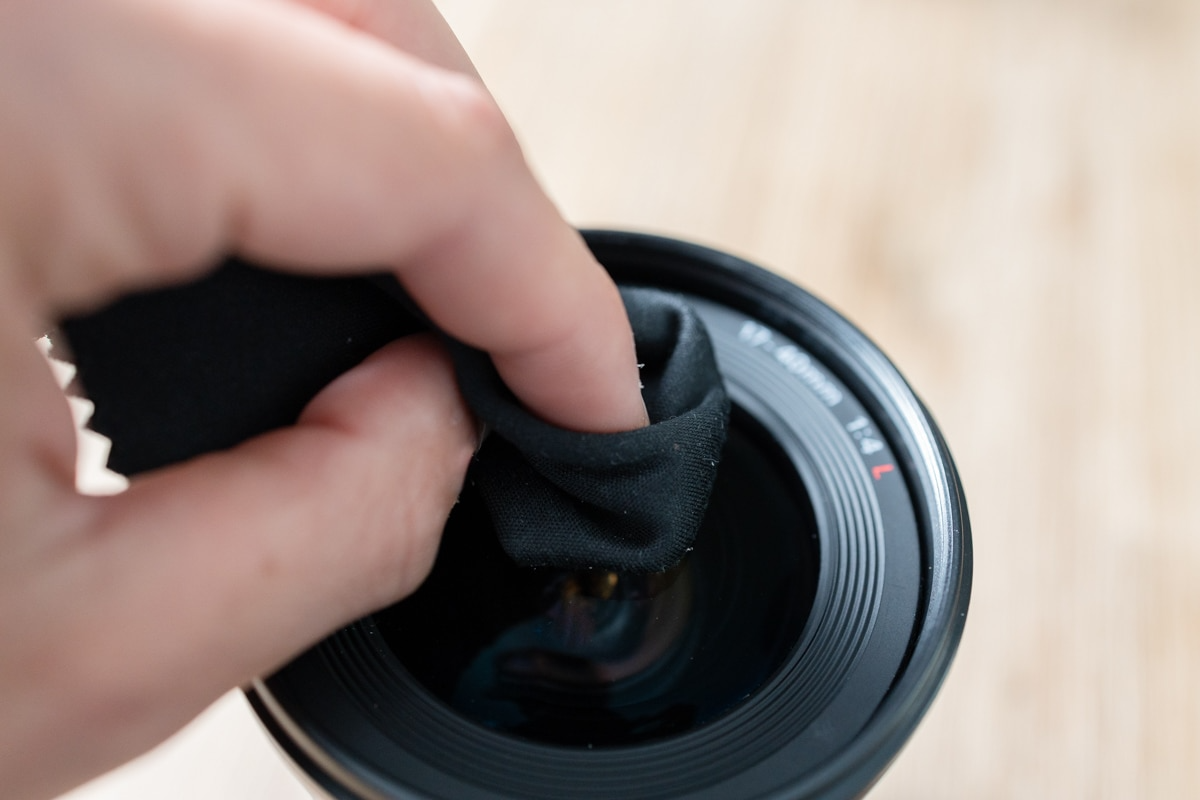
For photographers who frequently shoot in the great outdoors, consider using a UV or clear filter as an additional layer of protection against the elements. These filters can protect the front element of the lens from dust, rain, or accidental scratches. Because they’re easier to clean and more affordable to replace than the lens itself, they act as a valuable barrier without compromising image quality.
Regular inspections of your lens can also stave off major cleanings down the line. Simply holding your lens up to a light source can reveal hidden dust or smudges that may otherwise go unnoticed. By doing this regularly, you can address minor issues before they have a chance to affect your photography.
Finally, storage plays a significant role in maintaining a clean lens. Always store your camera equipment in a dry, dust-free environment. If you live in an area with high humidity, consider using a dehumidifying storage solution, such as a dry cabinet or a sealed bag with silica gel packets, to prevent mold growth and lens fogging.
By integrating these practices into your regular routine, you can ensure that lens cleaning becomes less of a chore and more of a quick, simple step in your overall photography process. A conscientiously maintained lens will consistently produce clearer pictures, and that commitment to cleanliness will reflect in the lasting performance and resilience of your camera gear.
